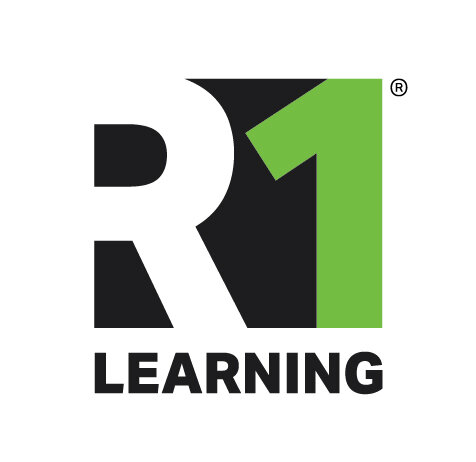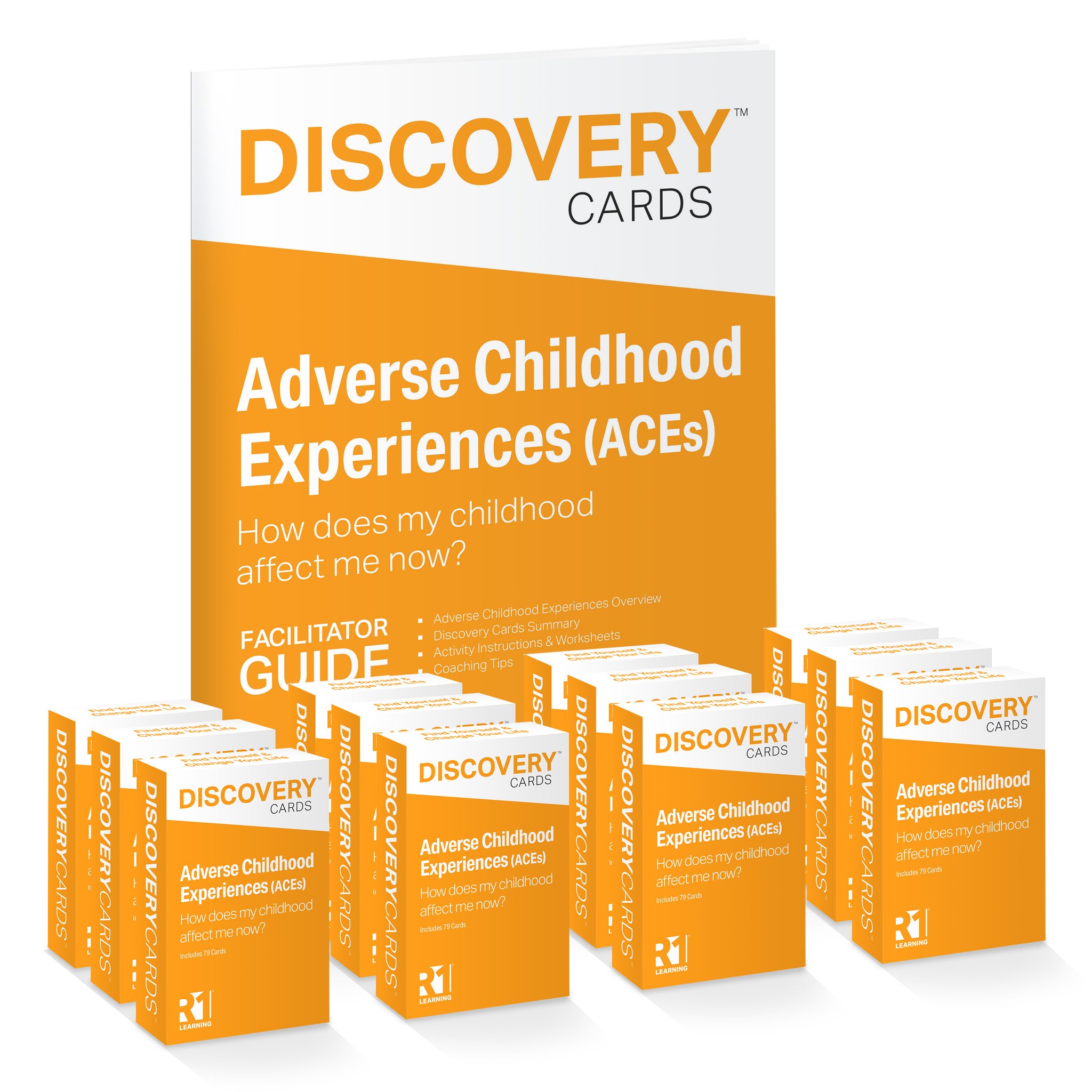7 Resilience Practices — How Do I Adapt To Adversity and Change?
Life experiences and events shape our beliefs about who we are. This is true for both joyful experiences as well as adverse ones. How one deals with stressors that originate from adversity, change, adverse childhood experiences, grief & loss, and traumatic events impacts one’s life and long-term health outcomes. The studies that underlie the Social Determinants of Health (SDOH), Adverse Childhood Experience (ACEs), trauma, and other stressors that impact physical, psychological, and social wellness all point to addressing these needs on one’s path towards overall health.
The Adverse Childhood Experiences (ACEs) studies alone highlight the direct relationship between the number of ACEs and negative health and wellness outcomes over one’s lifespan. From the research from the Kaiser Foundation and the Centers for Disease Control (CDC), if an individual has four or more ACEs, they are more likely to experience:
Injury, including traumatic brain injury, fractures, and burns
Mental health, including depression, anxiety, suicide, and post-traumatic stress disorder (PTSD)
Maternal health, unintended pregnancy, pregnancy complications, and fetal death
Infectious disease, human immunodeficiency virus (HIV), sexually transmitted diseases (STDs), Hepatitis, contagious skin or blood infections
Chronic diseases, cancer, and diabetes
Risky behaviors – alcohol and substance abuse, unsafe sex
Opportunities – Education, occupation, income
The purpose of today’s post is to highlight what’s at the center of our findings and in the center of the models below — “resilience” Resilience, and the practice of building it, provides a set of practical and actionable coping skills for SMART Goal setting. We’d like to once again give a shout out and a special “thank you” to Sandy Rivers with Authentic Trainings LLC for her collaboration with R1. She’s already lent her expertise for our Adverse Childhood Experiences (ACEs) and Trauma-Informed Care topics. She stepped in once again to collaborate with us on our new Grief & Loss topic that will be released in September. Her knowledge and experience have been invaluable. Thank you Sandy!
Resilience — How do Individuals endure, survive, and thrive in difficult times?
As we continue to research and build the R1 Learning System, we continue to, as expected, see the interrelationships between the evidence-based and best practice models and theories. As you can see, “resilience” is in the center of all three topic models below. For many practitioners in the health and wellness field, you may have already seen this in your work experiences. Helping individuals regulate emotions and build resilience practices surfaces quickly as high needs when working with individuals recovering from adverse and traumatic experiences..
Resilience Defined — Understanding the 7 Practices
Definition: Resilience is the capacity and process to successfully adapt to difficult or challenging life experiences through mental, emotional, and behavioral adjustment to external and internal needs. Resilience Practices are the behavioral strategies, coping skills, and emotional regulation tools that individuals can employ when difficult, stressful, challenging, or traumatic experiences occur.
Defining resilience is the first step toward observing and evaluating healthy coping strategies. Having the right words — the vocabulary — for defining resilience is essential for individuals to explore and use healthy resilience practices. Without a broad vocabulary, it can be difficult to define resilience practices for ourselves and to communicate them to others through the use of trauma informed care principles.
Take a moment and read through the 7 Resilience Practices below. Either by yourself, or with your team, answer the Questions To Explore at the bottom of this post.
Connection — Connect with Others: My ability to bond with the social world around me
Discovery Cards Examples:
Build safe and trusting relationships
Choose and prioritize healthy relationships
Share with others; be authentic self
Seek out healthy collaborative communities
Stay connected (call, email, meet, text, visit); avoid isolation
Emotional Regulation — Regulate Emotions: My ability to regulate the intensity, frequency, and duration of my emotional state
Discovery Cards Examples:
Build and maintain healthy boundaries
Connect with others
Express emotions and feelings
Practice acceptance
Practice spirituality, meditate, pray,
Meaning In Life — Find Purpose: My belief that my life has purpose and meaning
Discovery Cards Examples:
Contribute to a purposeful cause
Live values
Look for self-discovery opportunities
Pursue dreams and aspirations
Serve others
Physical Health & Wellness — Live a Healthy Physical Life: My ability to choose a healthy active physical lifestyle
Discovery Cards Examples:
Breathe (Practice mindful meditative breathing techniques)
Eat healthy, filling, and nutritious foods daily
Engage in physical activity to increase strength, flexibility, endurance, and balance
Get plenty of sleep and rest each day (and in a regular pattern)
Go outside and play
Positive Outlook — Maintain Optimism: My belief that the outcome will be positive, favorable, and desirable
Discovery Cards Examples:
Affirm positive sense of self
Be patient and persistent, don't give up
Focus on solutions versus problems
Re-frame problems as opportunities
Trust
Problem Solving Skills — Find Solutions: My ability to find solutions to situations, problems, and issues
Discovery Cards Examples:
Ask for help; seek guidance
Be flexible and adaptable
Evaluate options before making decisions
Pause before responding or deciding
Use creativity; be open to new ideas
Trusted Network — Seek help & Safety: My ability to get help from trusted individuals
Discovery Cards Examples:
Attorney or legal council
Counselor or therapist (Trauma-Informed)
Faith-based community members
Family members; friends
Healthcare professionals (i.e. primary care, dental, eye care, specialty care)
Questions to Explore
Answer these questions for yourself or with your team:
Which of the 7 Resilience Practices resonates most for you?
Which ones do you think will resonate most with the individuals you serve?
What specific Discovery Cards examples (coping skills) in the list do you find most helpful and actionable?
How will the 7 Resilience Practices be helpful as you work with individuals challenged by trauma, grief & loss, or adverse childhood experiences?
How does your knowledge of these models and the 7 Resilience Practices help you to better pinpoint specific coping skills for the individuals you support?
How and when can you use these practices in your daily work? How can you adopt and adapt them in the services you currently provide?
What is your major learning or takeaway from the post? Explain.
Thank you for reading this post and participating in this activity. We hope you’ve expanded your knowledge and can put this information into practices. Our Discovery Cards, Facilitator Guides, and R1 Discover App provide practical tools for building workforce capacity or engaging the individuals you serve. Contact us if you would like to learn more about our training, tools, or technology solutions. We look forward to hearing from you.
References
V.J. Felitti, R.F. Anda, D. Nordenberg, D.F. Williamson, a M. Spitz, V. Edwards, J.S. Marks, Relationship of childhood abuse and household dysfunction to many of the leading causes of death in adults. The Adverse Childhood Experiences (ACE) Study. American Journal of Preventive Medicine, 14 (4) (1998), pp. 245-258. Link: https://doi.org/10.1016/S0749-3797(98)00017-8
S.R. Dube, R.F. Anda, V.J. Felitti, D.P. Chapman, D.F. Williamson, W.H. Giles. Childhood abuse, household dysfunction, and the risk of attempted suicide throughout the life span: Findings from the adverse childhood experiences study. Journal of the American Medical Association, 286 (24) (2001), pp. 3089-3096
M. Dong, R.F. Anda, V.J. Felitti, S.R. Dube, D.F. Williamson, T.J. Thompson, W.H. Giles.The interrelatedness of multiple forms of childhood abuse, neglect, and household dysfunction. Child Abuse & Neglect, 28 (7) (2004), pp. 771-784. Link: https://doi.org/10.1016/j.chiabu.2004.01.008
Tyrrell P, Harberger S, Schoo C, et al. Kubler-Ross Stages of Dying and Subsequent Models of Grief. [Updated 2023 Feb 26]. In: StatPearls [Internet]. Treasure Island (FL): StatPearls Publishing; 2024 Jan-. Available from: https://www.ncbi.nlm.nih.gov/books/NBK507885/
Corr CA. Should We Incorporate the Work of Elisabeth Kübler-Ross in Our Current Teaching and Practice and, If So, How? Omega (Westport). 2021 Sep;83(4):706-728. doi: 10.1177/0030222819865397. Epub 2019 Jul 31. PMID: 31366311.
Substance Abuse and Mental Health Services Administration. Trauma-Informed Care in Behavioral Health Services. Treatment Improvement Protocol (TIP) Series 57. HHS Publication No. (SMA) 13-4801. Rockville, MD: Substance Abuse and Mental Health Services Administration, 2014.
Center for Health Care Strategies. (2021). Trauma-Informed Care Implementation Resource Center. https://www.traumainformedcare.chcs.org/
Substance Abuse and Mental Health Services Administration: Practical Guide for Implementing a Trauma-Informed Approach.
SAMHSA Publication No. PEP23-06-05-005. Rockville, MD: National Mental Health and Substance Use Policy Laboratory. Substance Abuse and Mental Health Services Administration, 2023.
Office for Health Improvement and Disparities. (2022). Guidance: Working definition of trauma-informed practice. GOV.UK. https://www.gov.uk/government/publications/working-definition-of-trauma-informed-practice/working-definition-of-trauma-informed-practice
Copyright 2024 R1 Publishing LLC / All Rights Reserved. Use of this article for any purpose is prohibited without permission.
Explore R1’s topic tools and resources by clicking on the images below.
Here are a few ideas to help you learn more about R1 and engage others on this topic:
Share this blog post with others. (Thank you!)
Start a conversation with your team. Bring this information to your next team meeting or share it with your supervisor. Change starts in conversations. Good luck! Let us know how it goes.
Visit www.R1LEARNING.com to learn more about R1, the Discovery Cards, and how we’re creating engaging learning experiences through self-discovery.






















